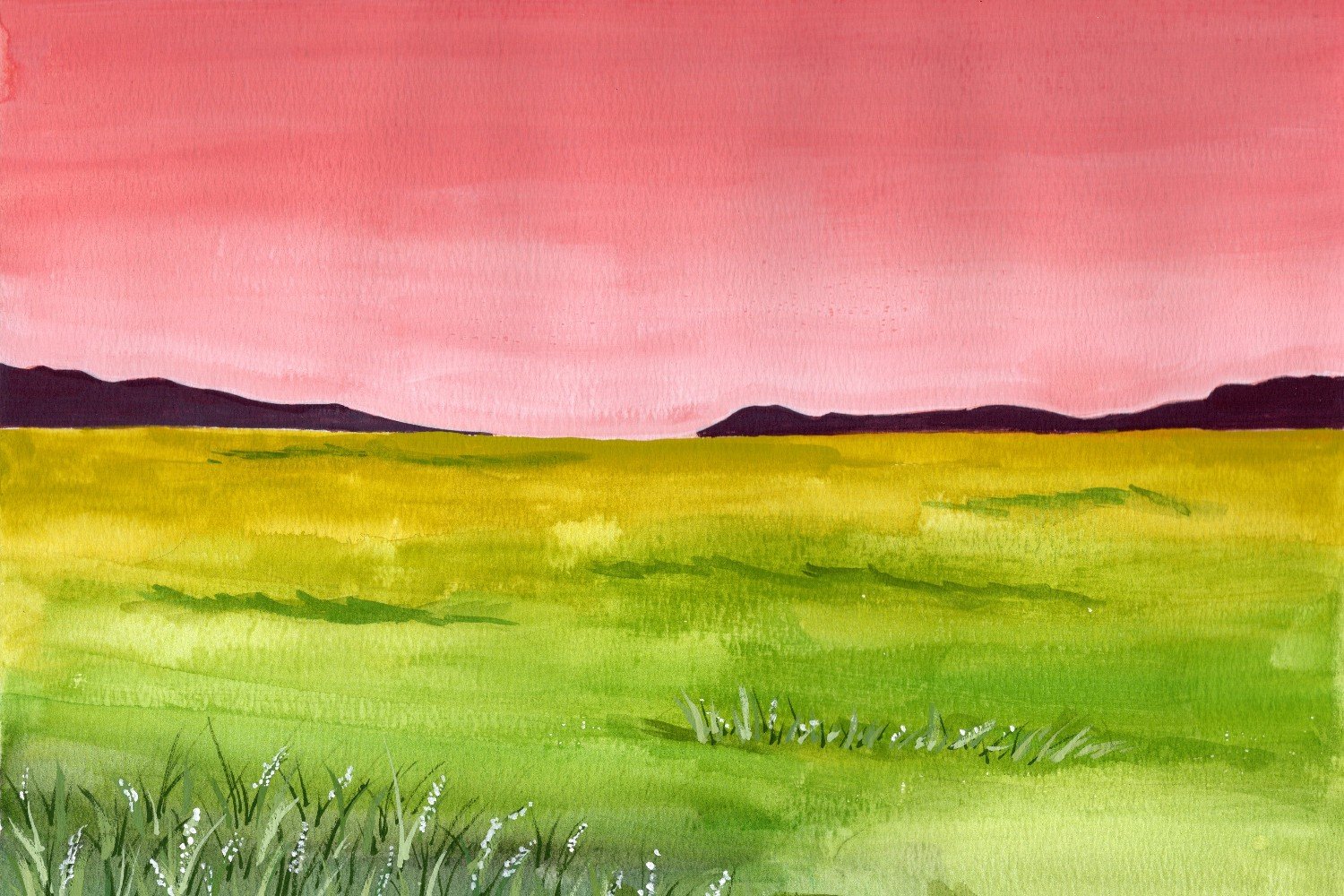How I Brought Joy Back to My Writing, Part 2
“Magic” — created with Midjourney AI
This post is the second (and final) part of a series on my recent breakthroughs that returned joy to my writing. Read the first part here.
After practicing paying attention to feelings when I write, I felt great for about two weeks. But then I fell into a week of anxiety and exhaustion. I've had these episodes before, usually after a period of high stress. But this time, it seemingly came out of nowhere when I felt pretty good. I'm generally in touch with the strains that cause my exhaustion, but I couldn't figure out why this time.
Around this time, I read a friend's online introduction about herself and her interests. Through her writing, I could feel the deep love she experienced for the little things--the calm and comfort she found in writing, the sense of belonging from noticing weather patterns, or the deliciousness of nitpicking inaccuracies with friends.
I’d heard of this thing called "enjoying the little things" before, but I rarely experienced it. Sure, I had hobbies, but I was often too fixated on where I wanted my life to go that I would do things for specific results rather than their own sake. Also, because there were always more things to do than I could fit into my days, I stressed about how long something was taking while doing it.
The result was that I often felt distant from my own life, skimming over experiences instead of fully inhabiting them, to the point where even things I liked doing didn't feel enjoyable (the only exceptions being video games and watching TV, which occupied my full attention).
I sat in my living room and wondered what it would be like to be present with what I was doing instead. I didn't want to keep missing my own life while living it.
Playing with presence
Of course, I immediately put the idea to practice. I felt my whole body settle into the space, and I became more aware of everything around me--the yellowish ceiling lights, the bicycles gathering dust, the shoes scattered by the door, the CD's stacked on top of the piano. It was funny how when I became more present in my space, I immediately wanted to clean the room.
I continued my practice while taking morning walks, where I breathed the crisp late winter air and listened to the birds. While doing chores, I found simple pleasure in the repetitive motions of scrubbing away grime and grease and leaving my environment more clean and orderly. While working on my accounting work, I settled into the calm of putting their books in order.
These basic activities became so much more gratifying when I stopped worrying about how long they would take, adding a layer of unconscious anxiety. For me, the key to being more present was accepting that once I decided something was worth doing, I stopped questioning or resenting that choice while doing it. I had to let it take its time. This also meant letting go of trying to do things that weren’t as important and could be put off for another day.
Writing and presence
When I tried being present with writing, the difference was stark. I noticed that I always tried to write faster and often felt frustrated with how long it took. Of course, it didn't help that when I first returned to writing, I read a lot of Medium articles on how to make money by writing an article a day. The best I could do was one a week, and that was during 2020 when I had more time during lockdown. I worried that if I didn’t write faster, I would never "make it."
Since I'd been paying attention to my feelings, I noticed that the pressure of productivity was yet another way of placing other people's values before my own. Speed wasn't compatible with how I wrote. I mulled over things. I meandered and explored, and this was fun. Writing took time because I was engaging with ideas and experiences, making sense of them, and trying to convey them more effectively. When I thought I had to rush, I thwarted my processes—no wonder it didn't feel good.
And my work reflected that. The earlier versions of Why creating your own path can feel awful had similar themes as the final version, but they weren't fleshed out well. I noticed leaps of logic where I didn't explain my thinking because I was in a hurry. So even though the ideas were good, the impact wasn't there.
So instead of worrying about the article getting too long or taking too long to write, I worked on it until it felt right. I reread each paragraph and added anecdotes and clarifications that placed the reader in my shoes and led them through my journey more gradually.
I found that the work felt so much more satisfying when I was present with the writing. I focused on what I wanted to create instead of worrying about whether people would like it or whether I’d be successful as a writer. Writing was fun again.
Instead of “ making time” for writing, I wanted to write in the morning, at night, on weekends—whenever I had an idea. I sometimes jumped out of bed in the morning and rushed to the computer because I thought of something to add. The result became more alive and vibrant when I was fully engaged with it rather than treating it as another thing to check off my to-do list.
When I first started creating the work I love, I knew I wanted to feel a sense of satisfaction with my life that had been missing. I thought I had to get my work out there, gain an audience, and make money from writing before all that could happen. But slowly, I realized that while those were worthwhile goals, I also just wanted to enjoy my life now. So in the last few months, instead of focusing my energies on trying to get somewhere else, I focused on accepting and loving the life I have. And the work has paid off.
What’s next?
I've been working on anxieties that have challenged me in writing for almost five years, and I think I've solved the last piece of the puzzle. These recent breakthroughs have shifted my writing experience, and the anxieties have not returned so far, a month and a half later. I'm finally writing with the trust and confidence I suspected was there somewhere.
I better understand who I am as a writer now and who my audience is. After the last article, it became clear that since the inception of my blog, I've been writing about how to free ourselves of the inner obstacles to freeing our creativity and creating our own path in life. I've been learning about that for the last five years, and it's been an incredible journey.
I'm working on outlining everything I've learned and putting them into a coherent framework--because it feels better to me to get a sense of the whole before I put it out there. This framework will likely become a book, but I will also share the work in blog posts and other formats as I go.
Most importantly, though, I'm happy to let the work surprise me without dictating where it has to go.
Stay tuned.
Thanks for reading! I’d love to hear what thoughts it might have provoked for you. Let me know down below!
Wanna receive my free resource list for anxiety and self-acceptance? Scroll down to sign up for my newsletter!






























